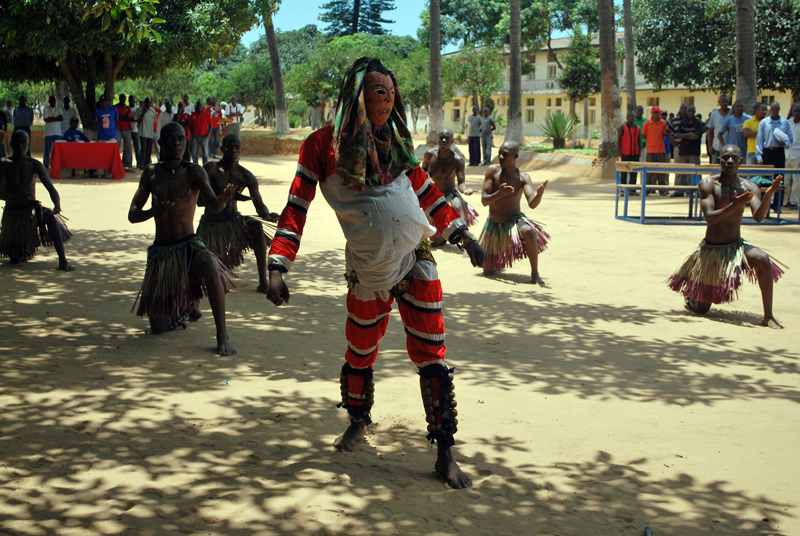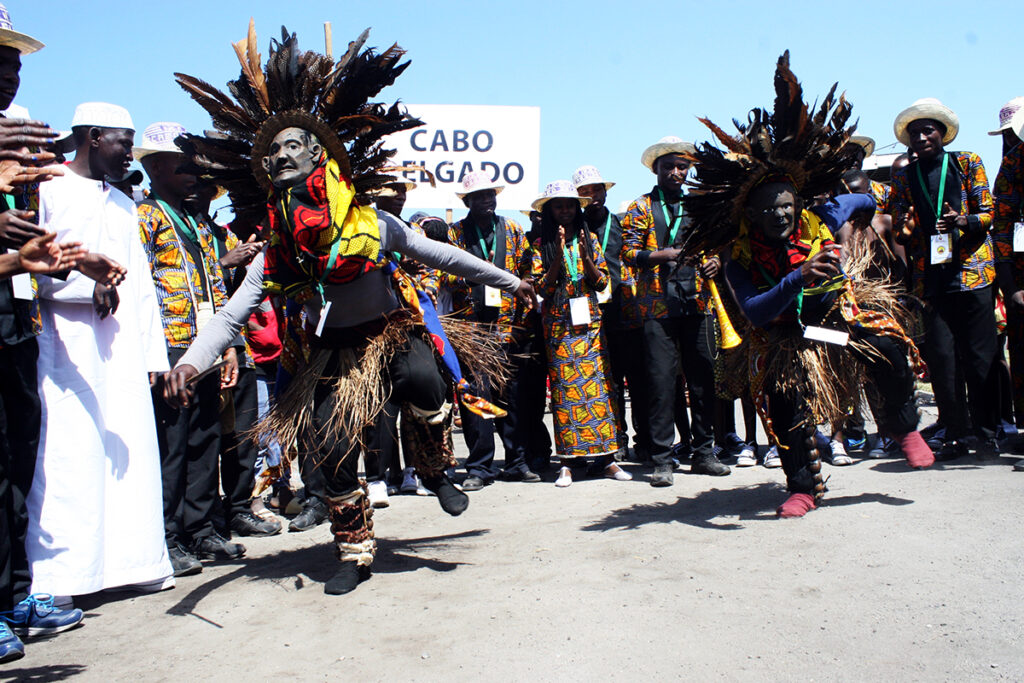Tanzania
Tanzania is an East African country and home to more than 100 different tribes. Tanzania traditional dances and music are the most notable aspects of Tanzania’s culture, often performed during various occasions and events such as weddings, festivals, and social gatherings. At its heart, traditional dances in Tanzania are a way of telling stories and expressing emotions. In addition to being a source of entertainment, traditional dances in Tanzania play an important role in preserving the country’s cultural heritage. They bring people together and provide a sense of community, helping to reinforce cultural values and identity. These dances have been passed down from generation to generation and are a way of keeping the country’s traditions and customs alive. Through traditional dances, Tanzanians express their collective joy, sorrow, and other emotions. Traditional dances in Tanzania are another means by which Tanzania’s various ethnic groups can interact and exchange cultural traditions.
In recent years, efforts have been made to preserve and promote traditional dances in Tanzania. The government has introduced policies aimed at promoting and preserving the country’s culture and traditions, including traditional dances. Schools and cultural centers have also been established to teach the younger generation about their cultural heritage and how to perform traditional dances.
List Of Dances
Lipico
Lipico
The Makonde people, who live predominantly in southern Tanzania, perform the Lipico dance. This traditional dance in Tanzania is distinguished by its rapid footwork, rhythmic motions, and intricate clothing. It is commonly done during social events and festivities. Makonde passage rites, beliefs and wood carvings are closely related to each other.
The most important initiation ceremony in Makonde culture is boys circumcision. The main role is played by the Mapiko dance, where the dancer wears the Mapiko mask, the personification of the evil the boy has to fight. Two types of masks can be used during Mapiko ritual dances: a “máscara facial”, covering the face, or a “máscara capacete”, covering the whole head. Both masks are made from wood and their shape is usually heightened and bizarre, with hair and bright colour decorations.
This dance symbolizes the return to earth of the spirit of a dead man, represented by the dancer, who comes back to scare women and children. Only men can defeat him.As the dance plays out, another figure appears, the Mashapilo, who is an evil spirit spreading disease and desolation. The dancer embodying it dances on very high wooden stilts tied to his feet. At the end of the ritual dance, a great fire is lit in the middle of the village, that is expected to burn during the whole ceremony. The boys are then taken out to an isolated countryside, where the operation is performed by the Mkukomela, or the “Hammerer”, who oversees the whole ceremony.
Afterwards, the circumcised boys live for several days in this area under a shelter called Likumbi.During the healing process, the boys are taught by the men about hunting and farming, and also how to properly interact with the other members of their community, being taught notions on how to respect their elders and approaching sexual intercourse.
At the end of the healing process, the Likumbi is burnt to the ground at the centre of the village. From that moment on, the boys receive a new name and become men.
Reference : Rituals, beliefs and sculptures in Makonde culture | Exploring Africa “Read”
TANZANIA
MOZAMBIQUE
KENYA
Region:
North Mozambique
South East Tanzania
Kenya
Ethnic group: Makonde


